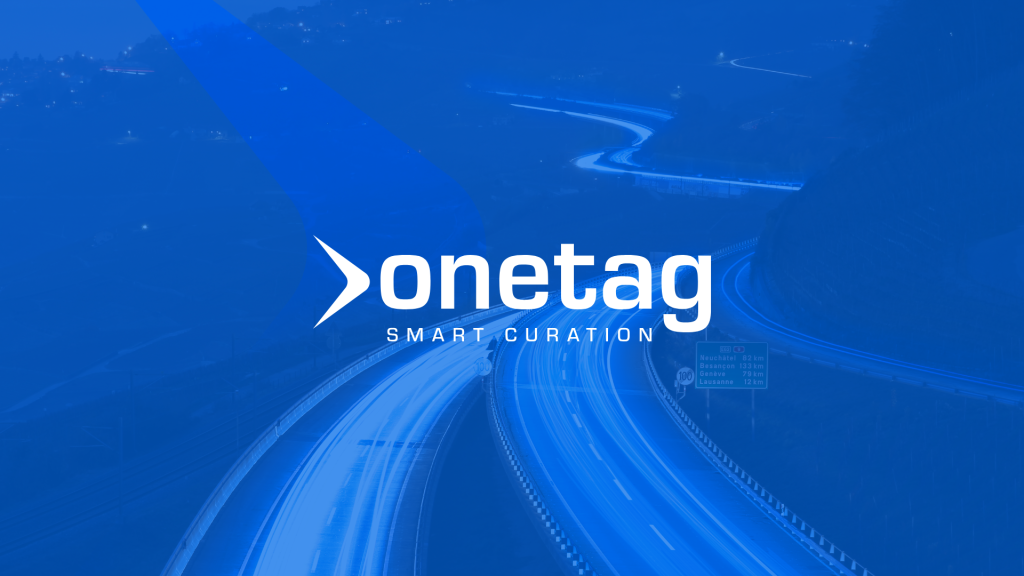By Filippo Gramigna, co-CEO, Onetag
Curation is one of the most talked-about trends in programmatic right now — and also one of the most misunderstood.
Supply platforms miss the key ingredient when they treat curation as a cosmetic upgrade of previous approaches: package some domains, add a data partner, throw a bow on it. The result is more deal IDs and complexity but not necessarily better outcomes.
At Onetag, we’ve learned something different: if you don’t reshape the underlying infrastructure, you’re not curating. You’re just repackaging.
More Than Dumb Pipes
Platforms that continue pushing volume through legacy systems not built for today’s demands are often called dumb pipes. Programmatic is about volume at scale, but it’s also about precision at speed. The only way to deliver both is through modern infrastructure and a fundamentally different approach to shaping inventory for demand.
We came to programmatic later than some, and that turned out to be a huge advantage. Our cloud-native infrastructure – powering both our Global Exchange and Smart Curation Platform – is designed for real-time performance. It allows us to ingest and process vast volumes of supply at a fraction of the cost of older platforms – and to apply real-time traffic shaping at multiple levels:
- Placement-level shaping: Filtering inventory based on core quality and attention signals before it reaches any DSP.
- DSP seat-level shaping: Optimizing traffic based on how each DSP, agency, or advertiser seat bids and performs.
- Buy-side data shaping: Incorporating KPI feedback to refine supply around what truly converts.
This is what we call Smart Curation – shaping not just who sees supply but which impressions are most performant to begin with.
Why Infrastructure Matters
Curation isn’t just a data problem. It’s an infrastructure challenge.
DSPs have traditionally operated in a “burn-and-learn” environment, sifting high-quality impressions from a flood of irrelevant supply in the bidstream. QPS (Queries Per Second) limits and deal throttling were introduced to manage this flood, but they didn’t improve access to all the impressions that matter for specific buyer needs. Problematic ads still slip through, including high ad-refresh and ads-to-content ratio placements on reputable sites. Meanwhile, high-quality, high-attention placements across the diversity of the premium open internet are easily overlooked. The result? DSPs keep buying the same limited slice of inventory on the same generic basis.
Smart curation platforms apply sell-side decisioning to dramatically reduce the technical burden for DSPs, and increase effectiveness for the buy side. By enabling inventory to be pre-packaged based on performance, contextual, or brand-suitability signals before it’s even exposed to demand, sell-side decisioning transforms how curation works.
Rather than buyers fishing in the open market, they are presented with curated, higher-quality inventory bundles that have been filtered, enriched, and optimized upstream. This approach also provides significantly higher addressability and scale for data targeting, and allows for earlier inventory decisioning, dramatically improving quality outcomes for the demand side.
The strategic impact of this sell-side decisioning is a win-win for all parties. Publishers increase revenue through higher CPMs on curated, well-defined inventory segments. Buyers benefit from greater confidence, improved campaign outcomes, and simpler planning. The ecosystem overall sees reduced complexity, stronger performance, and increased transparency.
Our processing cost advantage for sell-side decisioning is founded on a highly efficient technology infrastructure, which enables us to analyze far more data to train our AI model. This data advantage feeds our proprietary AI engine, delivering real-time decisioning that drives better buy-side outcomes. The engine powers our global exchange and vertically integrated curation platform, with unique impression-level metadata optimizing inventory selection and pricing.
All of this is only possible through the synergy of our hardware, cloud architecture, and engineering discipline. The result is significantly better performance for advertisers and greater yield for publishers.
It’s Not What You Do. It’s How You Do It.
Everyone in the market claims to do curation. Many say they do traffic shaping. Few can explain how they do it – or point to measurable results.
Years of Onetag technology investment and business model innovation have built a platform where leading-edge sell-side decisioning happens in real time. Our dynamic, KPI-aware pricing model allows us to participate in the right auctions at the right price for buyers, brands and publishers alike. This performance-based, adaptive approach ensures we deliver true value for all parties.
That kind of control – the ability to respond to the market in milliseconds, balance cost with conversion, and curate efficiently – is what sets Smart Curation apart from the rest.
The Bottom Line
If your platform is still built on legacy architecture, static pricing, and post-bid optimization, you’re not curating. You’re flooding the market.
True curation begins behind the scenes, in how impressions are shaped at the placement level, how pricing dynamically adapts to specific buyer needs, and how decisions are processed at scale. That’s the foundation we laid at Onetag a decade ago, and it continues to drive our innovation today. Because making the open web perform better, for both advertisers and publishers, demands nothing less.
Originally Published on: LinkedIn



